|
|
Кацусика Хокусай. Тридцать шесть видов Фудзи: № 15. Вид на гору Фудзи из развлекательного квартала в Сэндзю
Katsushika Hokusai. Fuji Seen in the Distance from Senju Pleasure Quarter, from the series Thirty-six Views of Mount Fuji
冨嶽三十六景 従千住花街眺望の不二Fuji Seen in the Distance from Senju Pleasure Quarter (Senju kagai yori chōbō no Fuji), from the series Thirty-six Views of Mount Fuji (Fugaku sanjūrokkei)Artist: Katsushika Hokusai (1760–1849)Period: Edo period (1615–1868)Date: ca. 1830–32
A procession of men dressed in blue and green, carrying red muskets is departing the capital for their home province. The man at the left, his hand raised to his forehead, is no doubt reflecting on the pleasures left behind. Fuji appears on the horizon, watching over daimyō procession. (metmuseum)
Part of a daimyo procession is passing down the Senju Road. Between the thatch-roofed houses, samurai soldiers are seen carrying guns wrapped in brown cloth. The samurai wear two swords, the symbols of their class. They are in uniform - kimono with a design of blue and white, and green trousers. Some of them glance at Mount Fuji for a moment, finding it beautiful. At the side of the highway are fields where two farm women rest on the path. The completely snow-covered Fuji and the golden field indicates late autumn and the approaching winter. The fenced-in buildings beyond the field are the brothels of the district of Senju, often called Flower Town. Unlike the more famous Yoshiwara pleasure district, Senju was privately operated without government sanction. At its peak in the Edo period, the district is said to have contained thirty-eight brothels. In the shelter at right foreground, an important personage seems to be resting. The procession of a high-ranking samurai was an important ceremonial aspect of that life as well as a costly and unavoidable undertaking. Though in the 250 years of peace in the Edo period, samurai warriors did not engage in combat, their armaments were their status symbols and were disregarded at one's peril. (The Asian Art Museum of San Francisco, HOKUSAI AND HIROSHIGE – Great Japanese Prints from the James A. Michener Collection, Honolulu Academy of Arts: The Asian Art Museum of San Francisco, 1998 Page 92. Cat. 43)
The procession of a daimyö, or feudal lord, passes through the village of Senju, which was the first station on the Nikkö Road, to the northeast of Edo. Wearing two swords that indicate their samurai rank, the daimyö’s retainers are dressed in blue uniforms, and carry guns in red cases. Daimyö were required by the shogunate to alternate their residences between the capital and their own lands, and retinues of up to two thousand people moving to and from the capital were a common sight. The pleasure quarter of Senju, with brothels surrounded by wooden fencing, is visible in the background. Two farmwomen casually watching the procession, and the samurai who turn from their drudgery to admire the view, lessen the formality of the scene. The harvested field in which they sit suggests the season of autumn, as does the snow on Mount Fuji. Hokusai renders horizontal clouds in the traditional Japanese style called suyarigasumi, covering both sides of the composition. These clouds often serve a narrative function in Japanese art to indicate a change of place or time. The device also covers less important areas of the composition, drawing the viewer’s eyes to specific focal points. “Hokusai’s Summit: Thirty-six Views of Mount Fuji” (09/24/2009-01/06/2010)
Katsushika Hokusai. Fuji Seen in the Distance from Senju Pleasure Quarter, from the series Thirty-six Views of Mount Fuji
Вид на гору Фудзи из развлекательного квартала в Сэндзю
На данной гравюре изображена большая процессия даймё, шествующая по дороге вдоль рисовых полей. Эти передвижения даймё были обусловлены системой заложничества — санкинкодай, которая заключалась в том, что даймё должны были проводить около полугода в Эдо, а оставшуюся часть года в своих собственных провинциях, оставляя в Эдо членов своих семей в качестве заложников.
Перед домиком для отдыха висит табличка с надписью — «непрерывный поток посетителей». Над крышей жилого дома слева торчат наконечники копий, украшенные перьями. На некотором расстоянии, на среднем плане гравюры можно видеть двух отдыхающих женщины, они расположились прямо на земле. Создается впечатление, что они просто отделились от процессии. Далее, за оградой виден квартал увеселительных заведений. Строительство этих заведений было официально разрешено властями. Над зеленым холмом, как бы обернувшись спиной к синему небу, виднеется белоснежная вершина Фудзи.
Katsushika Hokusai. Fuji Seen in the Distance from Senju Pleasure Quarter, from the series Thirty-six Views of Mount Fuji
Katsushika Hokusai. Fuji Seen in the Distance from Senju Pleasure Quarter, from the series Thirty-six Views of Mount Fuji
Katsushika Hokusai. Fuji Seen in the Distance from Senju Pleasure Quarter, from the series Thirty-six Views of Mount Fuji
Все 46 гравюр серии «Тридцать шесть видов Фудзи» | Thirty-six Views of Mount Fuji | 富嶽三十六景 | Fugaku Sanjūrokkei
1 октября 2022, 10:31
0 комментариев
|
Партнёры
|
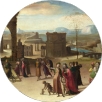
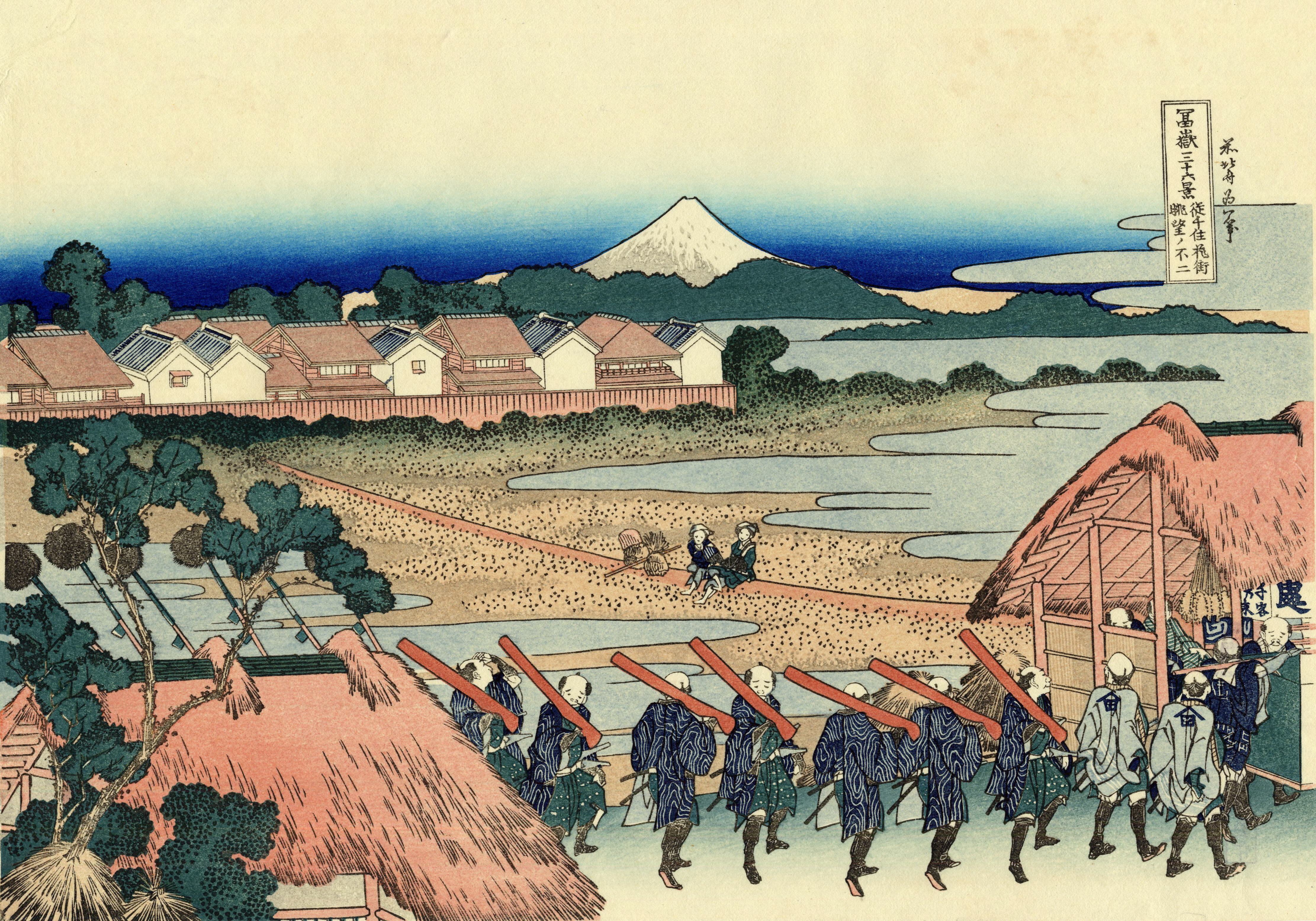
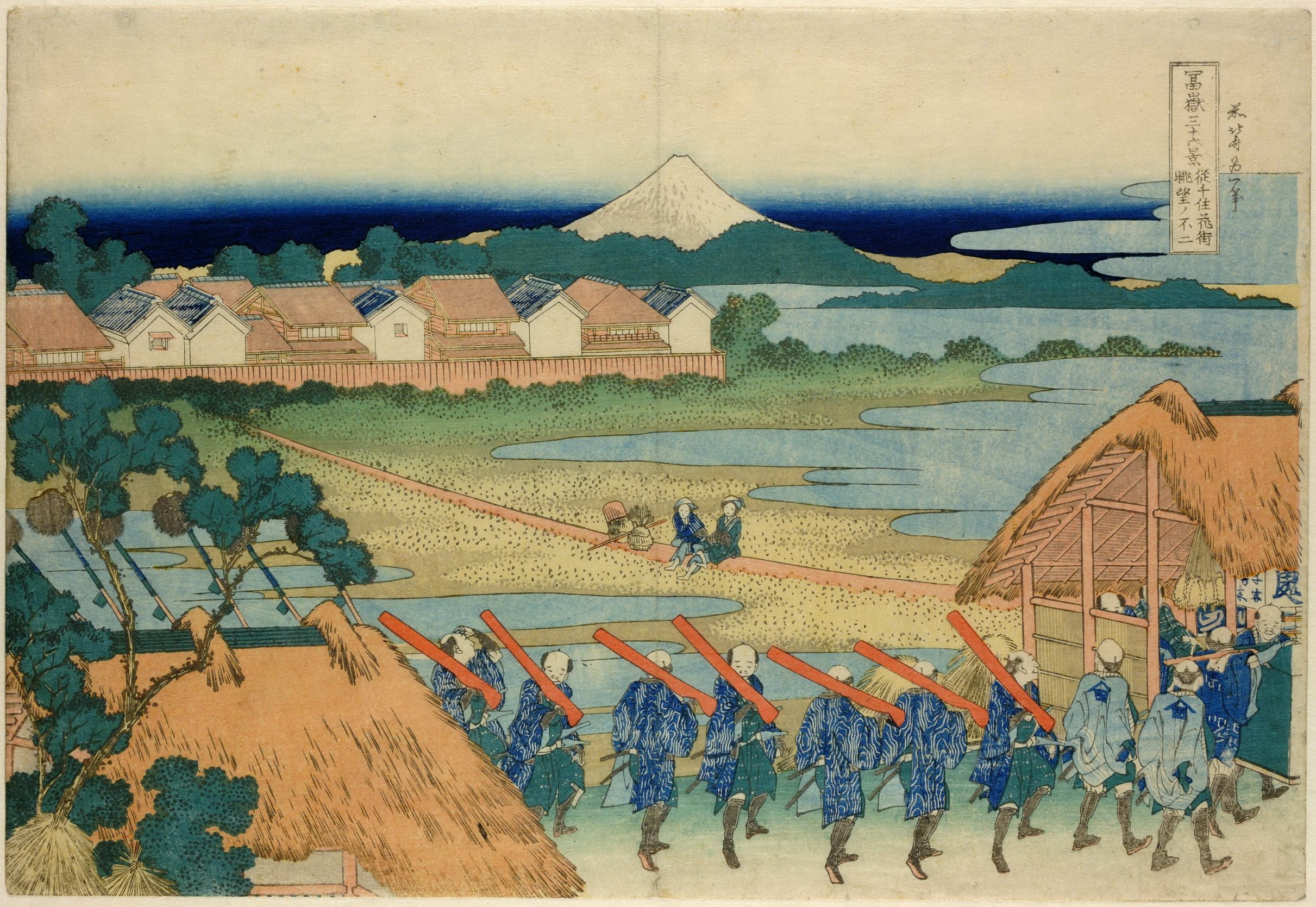
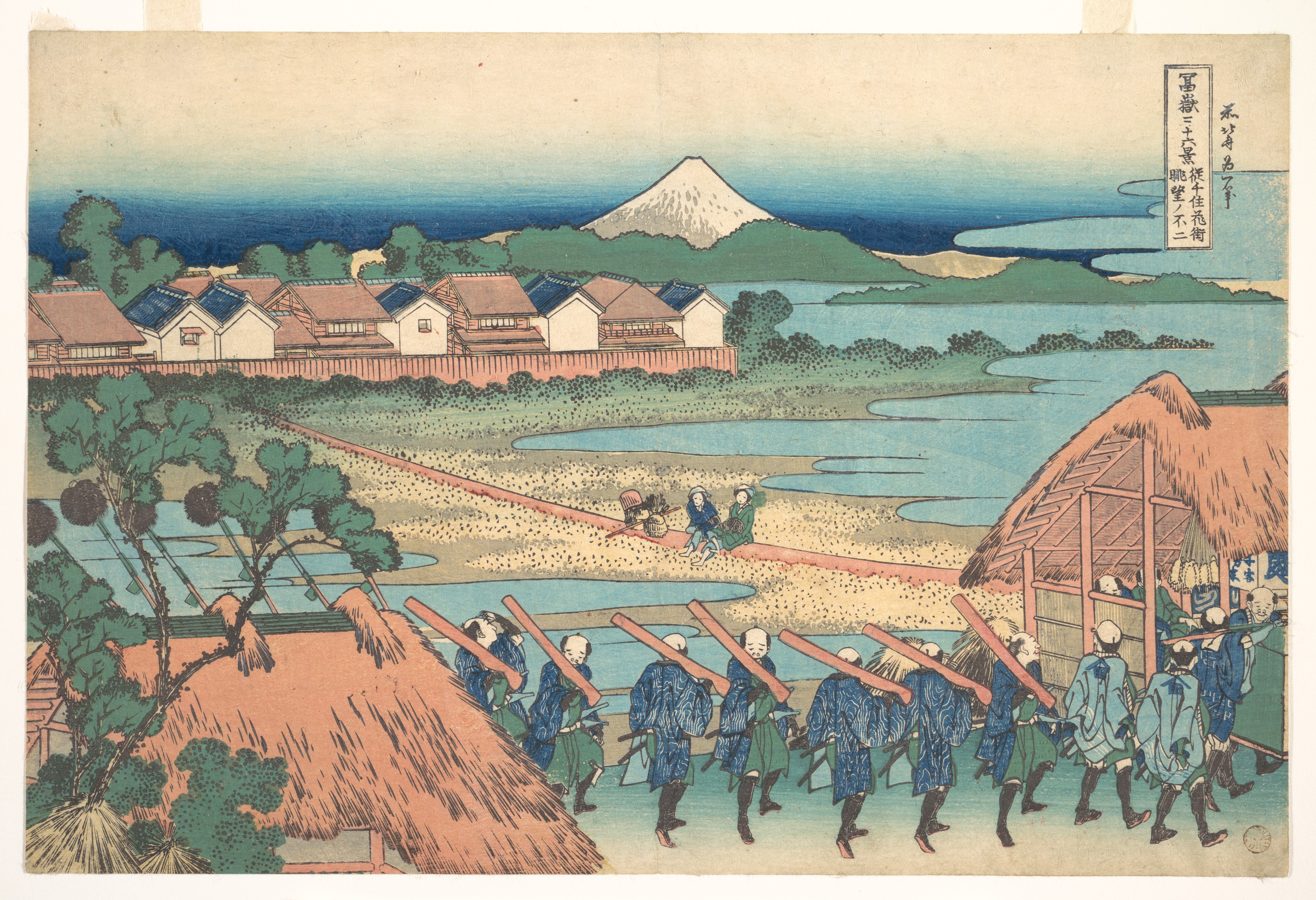
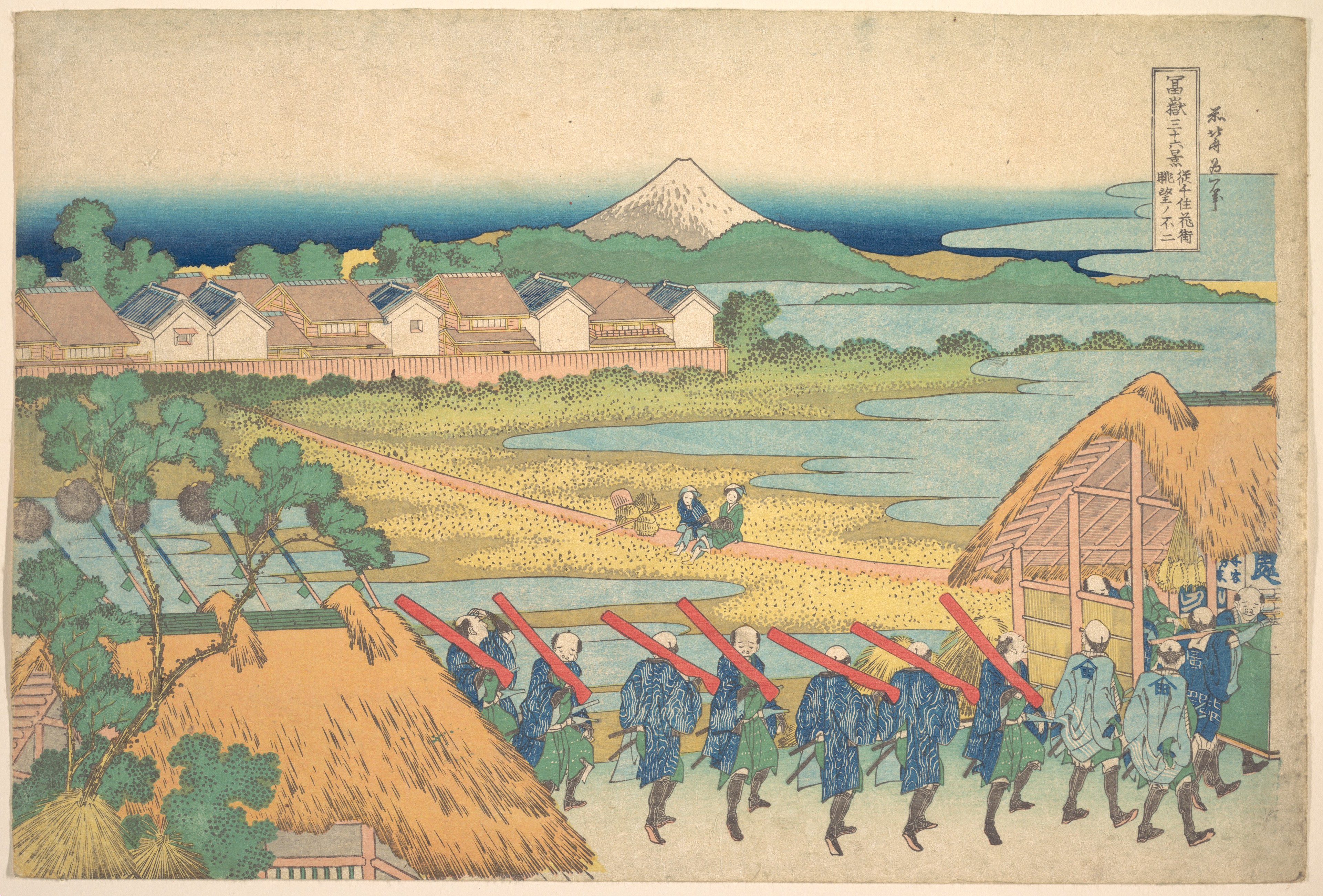
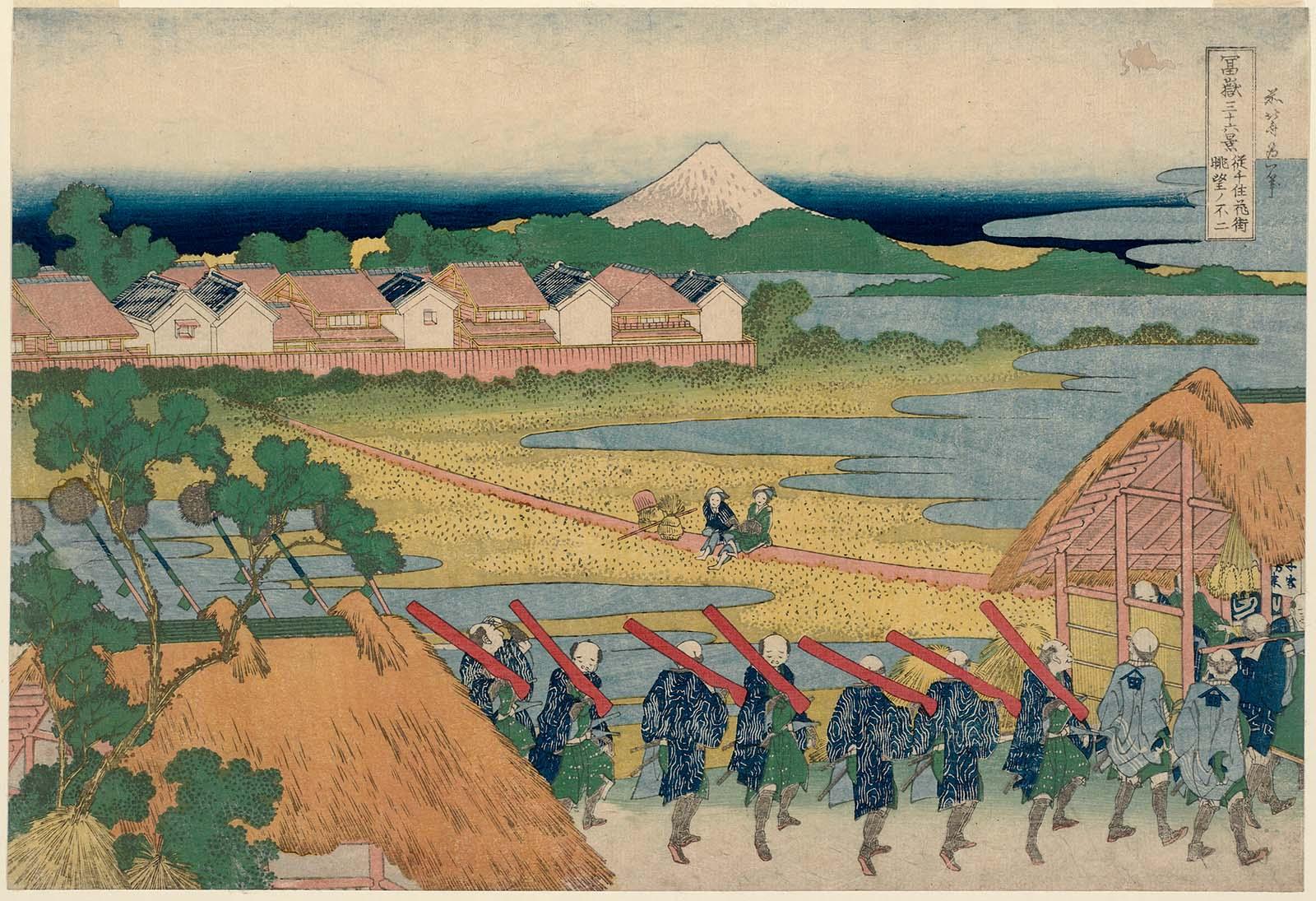
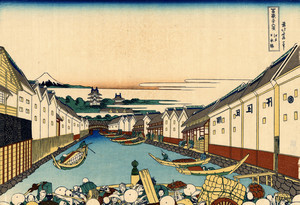
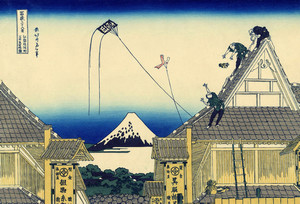
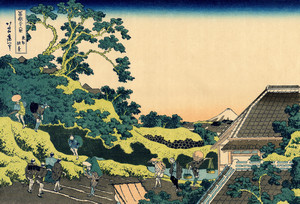
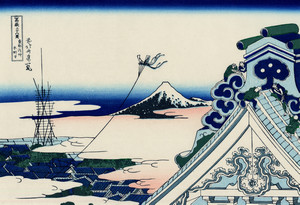
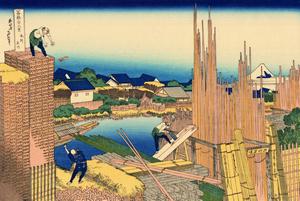
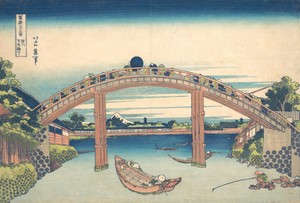
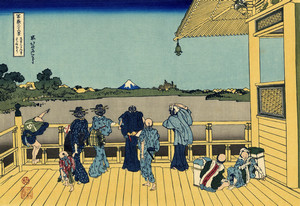
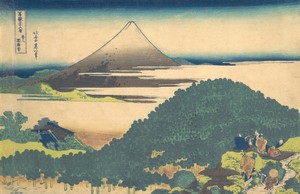
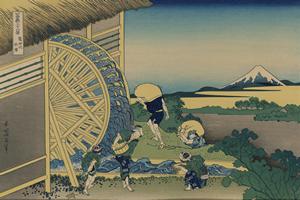
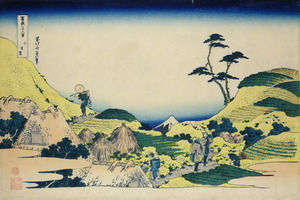
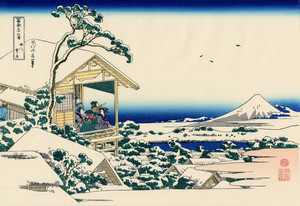
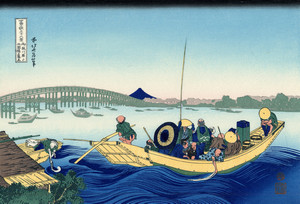
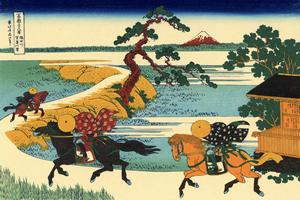
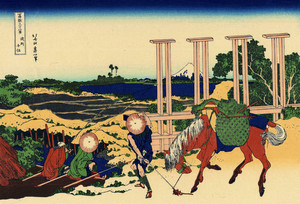
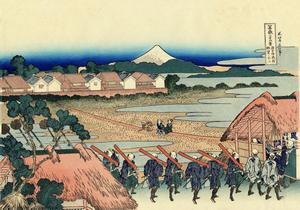

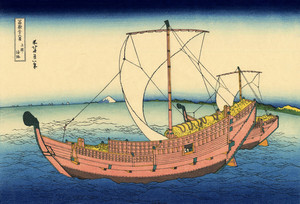
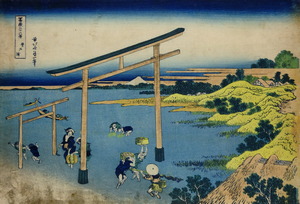
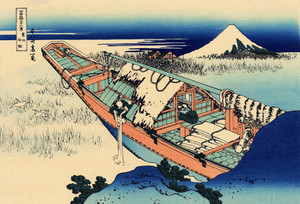
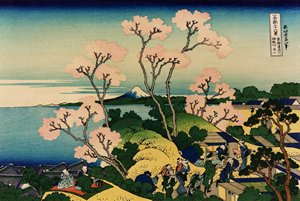
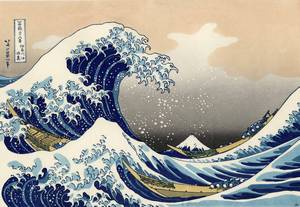
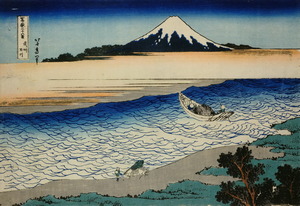
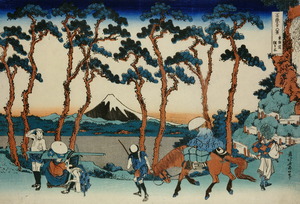
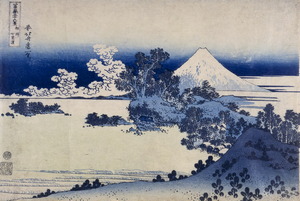
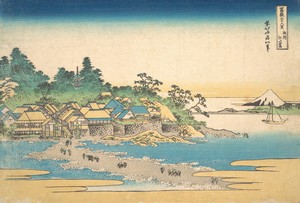
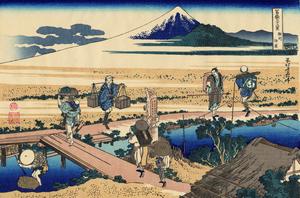
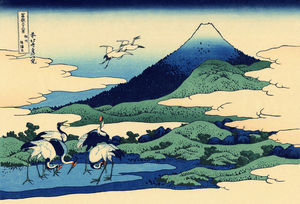
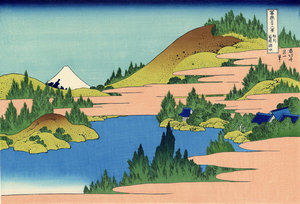
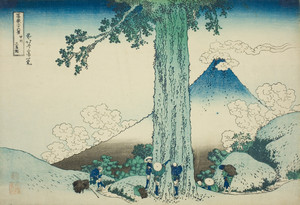
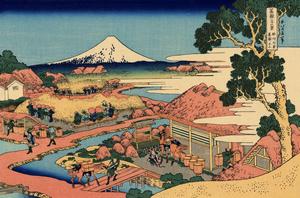
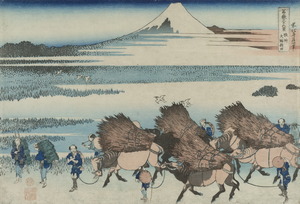
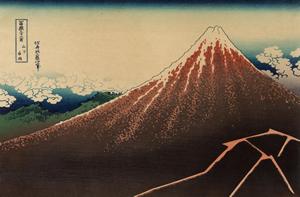
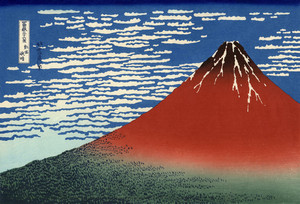
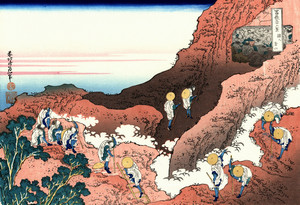
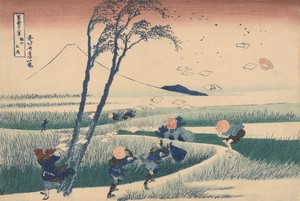
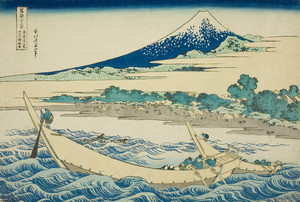
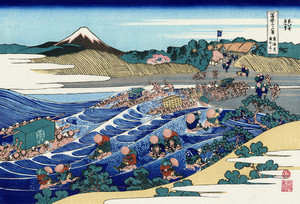
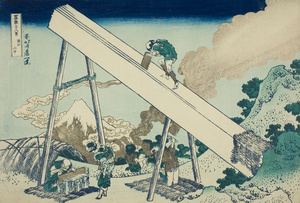
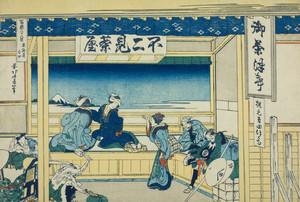
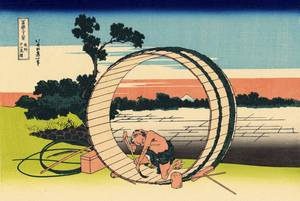
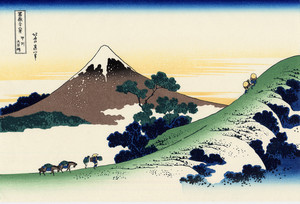
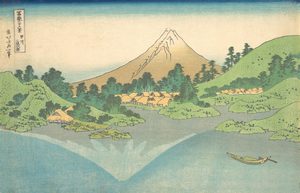
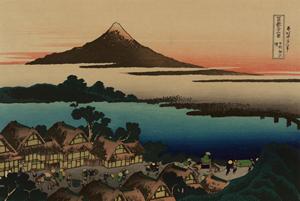
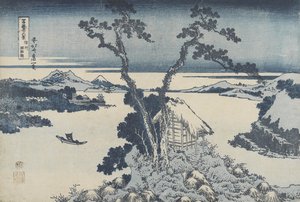
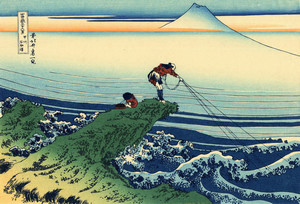
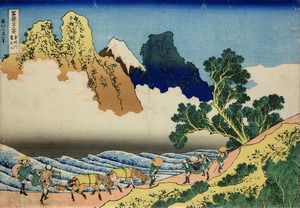





Комментарии
Добавить комментарий